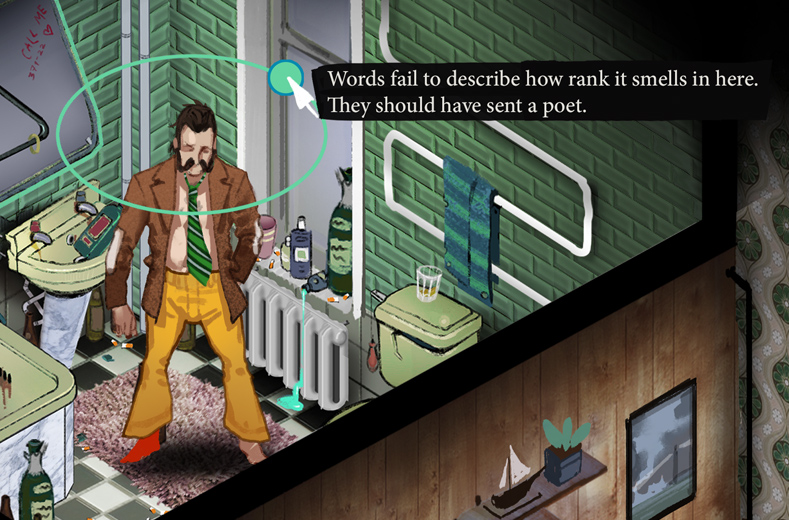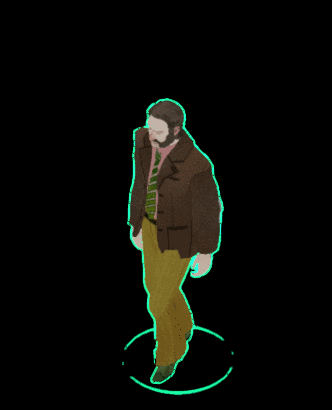We’re working furiously towards an internal milestone build which should have most of the important dialogue and world interaction mechanics implemented which is why it’s so hard to get anyone to write about it. We’ll have some juicy stuff to show soon though!
We use Blender to make and render out the “underpaint” of our background art and I recently made this monstrocity of a megatexture/megashader to make it easy to paint out the sandy beach areas for the game. It’s basically your regular kind of masking magic but it has some clever tricks. For instance I set it up so you can mask over the regular displacement & normal maps with a messy one so you can easily paint in a path where people have walked. Mixing and matching textures with different normal maps gives more variety and a more organic feeling to it so you can have for instance seamless footsteps in an otherwise pristine windswept wave pattern part of the beach. And you can paint beach clutter and it has all the alphas set up so it mixes seamlessly with the underlying texture which is nice and convenient.
It’s in fact so nice I’ll be a bit sad going in and painting all over it.
Here’s a look under the bonnet at the node cthulhu which makes it happen:





